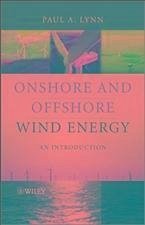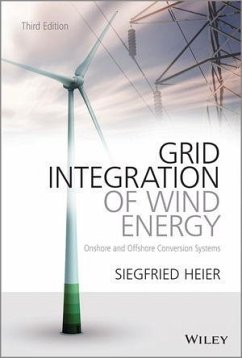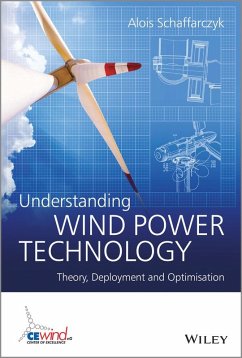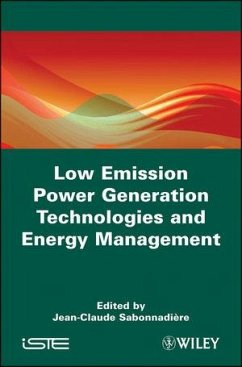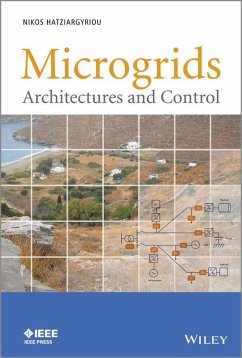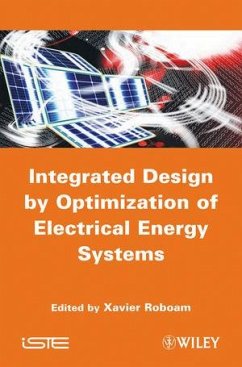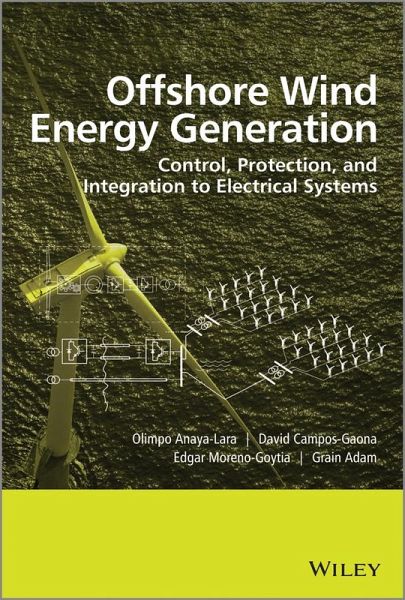
Offshore Wind Energy Generation (eBook, PDF)
Control, Protection, and Integration to Electrical Systems
Versandkostenfrei!
Sofort per Download lieferbar
102,99 €
inkl. MwSt.
Weitere Ausgaben:

PAYBACK Punkte
0 °P sammeln!
The offshore wind sector's trend towards larger turbines, bigger wind farm projects and greater distance to shore has a critical impact on grid connection requirements for offshore wind power plants. This important reference sets out the fundamentals and latest innovations in electrical systems and control strategies deployed in offshore electricity grids for wind power integration. Includes: * All current and emerging technologies for offshore wind integration and trends in energy storage systems, fault limiters, superconducting cables and gas-insulated transformers * Protection of offshore w...
The offshore wind sector's trend towards larger turbines, bigger wind farm projects and greater distance to shore has a critical impact on grid connection requirements for offshore wind power plants. This important reference sets out the fundamentals and latest innovations in electrical systems and control strategies deployed in offshore electricity grids for wind power integration. Includes: * All current and emerging technologies for offshore wind integration and trends in energy storage systems, fault limiters, superconducting cables and gas-insulated transformers * Protection of offshore wind farms illustrating numerous system integration and protection challenges through case studies * Modelling of doubly-fed induction generators (DFIG) and full-converter wind turbines structures together with an explanation of the smart grid concept in the context of wind farms * Comprehensive material on power electronic equipment employed in wind turbines with emphasis on enabling technologies (HVDC, STATCOM) to facilitate the connection and compensation of large-scale onshore and offshore wind farms * Worked examples and case studies to help understand the dynamic interaction between HVDC links and offshore wind generation * Concise description of the voltage source converter topologies, control and operation for offshore wind farm applications * Companion website containing simulation models of the cases discussed throughout Equipping electrical engineers for the engineering challenges in utility-scale offshore wind farms, this is an essential resource for power system and connection code designers and pratitioners dealing with integation of wind generation and the modelling and control of wind turbines. It will also provide high-level support to academic researchers and advanced students in power and renewable energy as well as technical and research staff in transmission and distribution system operators and in wind turbine and electrical equipment manufacturers.
Dieser Download kann aus rechtlichen Gründen nur mit Rechnungsadresse in D ausgeliefert werden.




